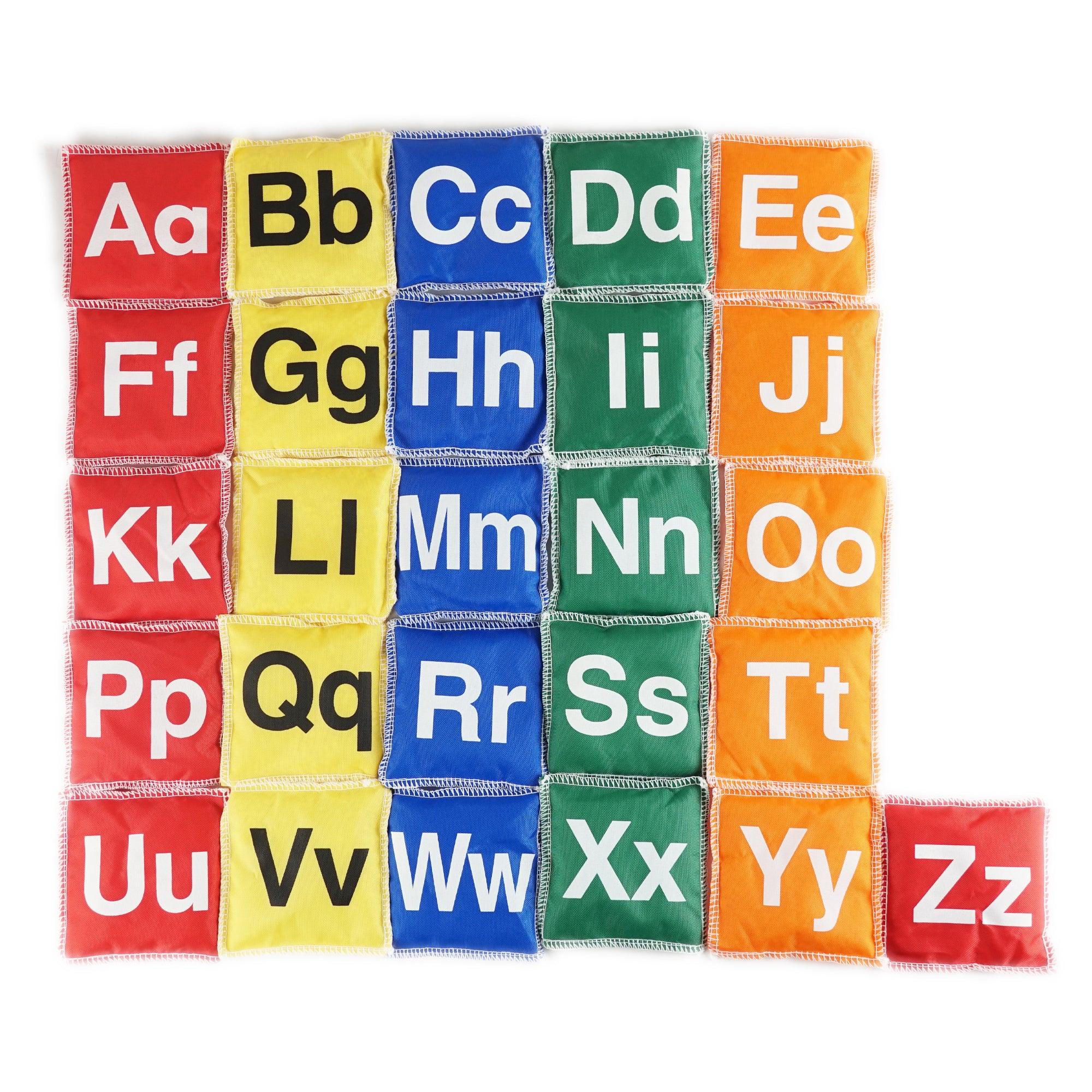The Connection Between Toys and Language Development in Early Childhood
Introduction
Language development is a crucial aspect of early childhood development. It not only helps children communicate their needs and wants but also lays the foundation for cognitive and social development. While there are various factors that influence language development, the role of toys cannot be underestimated. Toys play an essential role in fostering language skills in young children. This article explores the connection between toys and language development in early childhood.
Understanding Language Development
Before delving into the link between toys and language development, it’s important to understand how language skills develop in early childhood. During the first few years of life, children go through critical periods of language development. These periods are marked by significant milestones, such as babbling, making sounds, and eventually forming words and sentences.
The Role of Toys
Toys are more than just objects for play; they can significantly impact a child’s language development. Here are some ways in which toys contribute to language skills:
1. Sensory Stimulation
- Toys provide sensory stimulation through colors, textures, and sounds. This sensory input helps children develop their language skills by engaging multiple senses and making the learning experience more interactive.
- For example, toys with different textures allow children to explore and describe tactile sensations, expanding their vocabulary.
2. Pretend Play
- Pretend play, often facilitated by toys like dolls, action figures, and playsets, allows children to create imaginative scenarios and narratives. Through imaginative play, children practice their language skills by assigning roles, expressing emotions, and engaging in dialogue.
- This type of play helps children improve their vocabulary, practice language expression, and enhance their understanding of narratives.
3. Interactive Toys
- Interactive toys, such as board games and electronic learning toys, enable children to engage in conversations and follow instructions, enhancing their language comprehension and verbal communication skills.
- These toys often include features like voice recordings and prompts that encourage children to respond, promoting language development in a fun and engaging way.
4. Language-based Toys
- Specialized language-based toys, such as alphabet blocks, word puzzles, and storybooks, directly target language skills. These toys introduce children to letters, sounds, vocabulary, and storytelling, fostering early literacy and language development.
- By playing with these toys, children learn to recognize letters, sounds, and words, expanding their vocabulary and developing foundational reading and writing skills.
Choosing Language-Enhancing Toys
When selecting toys for language development, keep the following features in mind:
1. Age Appropriateness
- Choose toys that are suitable for your child’s age and developmental stage. Age-appropriate toys ensure that the child can engage with them comfortably and benefit from their language-enhancing features.
2. Multi-Sensory Engagement
- Look for toys that provide a variety of sensory experiences, such as toys with different textures, colors, and sounds. Multi-sensory engagement enhances language development by stimulating various senses simultaneously.
3. Interactive Features
- Opt for toys that encourage interaction, such as those with buttons, prompts, or voice recordings. These interactive features enable children to actively participate, respond, and engage in language-based activities.
4. Open-Ended Play
- Open-ended toys, which allow children to create and explore freely, promote language development by encouraging imaginative play, storytelling, and problem-solving. Examples of open-ended toys include building blocks, art supplies, and pretend play sets.
5. Educational Value
- Consider toys that offer educational value, such as puzzles, board games, and educational apps. These toys provide opportunities for language learning while also enhancing other cognitive skills.
Conclusion
Toys have a significant impact on language development in early childhood. By providing sensory stimulation, facilitating pretend play, and offering interactive and language-based features, toys actively contribute to a child’s language skills. When choosing toys for language development, consider age appropriateness, multi-sensory engagement, interactive features, open-ended play, and educational value. By providing children with the right toys, parents and caregivers can play a significant role in fostering their language development during these crucial early years.




